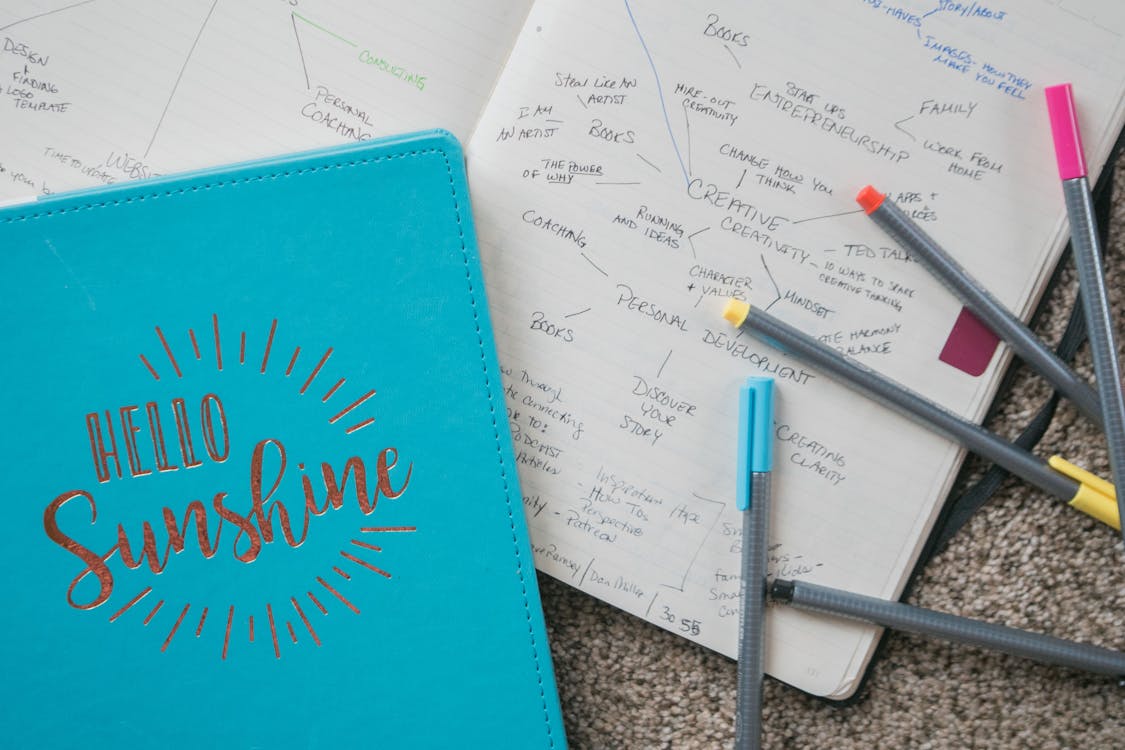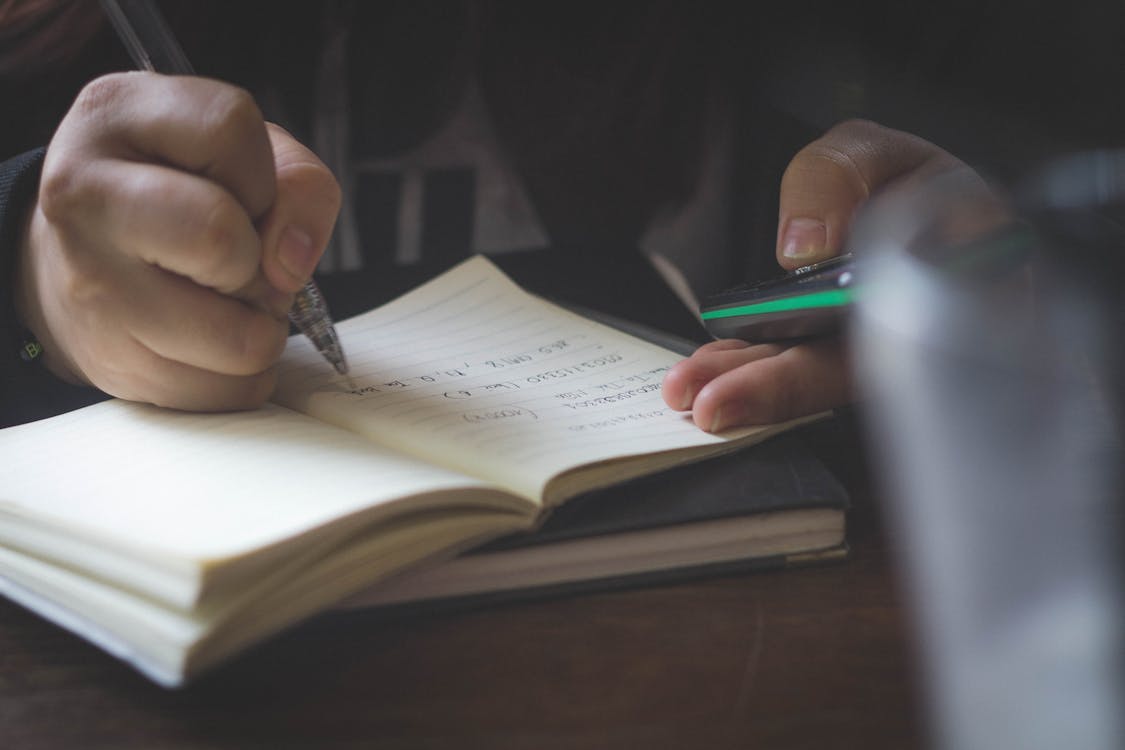When you’re stuck in class, a blank notebook in front of you, you know that flawless lecture notes need to fill those pages. It seems easy at first. After all, just jot down what the professor says throughout the lecture, right? But, it’s actually not as simple as it looks. Between professors moving on too quickly to being overwhelmed by the material in general, good lecture notes take some practice. Here are some great ways to keep your notes in tip-top shape so you ace that class.
#1 Find Your Perfect Method
Taking notes is more than just pen to paper. There are several ways to take down important points based on how you retain information. For example, the Cornell Method, Mind Maps, and the Sentence Method are all different ways to tackle your notes.
The Cornell Method breaks down key points, potential quiz prompts, and even goes so far as to prepare questions for the end of each lecture to test your knowledge. Everything is broken down in a column on the left while the meat of the lecture fills the right. You also have a “Summary” column underneath everything.
Mind Maps are essentially brainstorm bubbles on your page. For some, this method is more effective than linear notes due to the visual representation. You don’t take as many notes, but you write down critical points during lecture, thereby eliminating any overlap. What’s also great about this method is that you can color code, underline, and bold words based on what’s important. So, you train your brain to associate highlighted phrases or specific colors with various points.
The Sentence Method is your typical way to take notes. As you probably guessed, it’s nothing more than the date, titles, and sentences throughout. You can also use abbreviations to make writing easier. Of course, this may seem like the simplest form, but it’s tried and true for a reason. If this is what works best for you, then go with that!
#2 Do Your Research
When your class syllabi become available, it’s just good practice to have a look before class starts. Aside from being prepared, peeping at the syllabus also helps with your notes. By knowing which lectures will cover what and having a jump on the schedule, you can plan your lecture notes accordingly. You can also have some questions prepared based on the syllabus, the answers to which will only strengthen your notes.
#3 Consider Recording
If your professors are okay with it and you don’t want to miss anything , pick up a dictaphone. Record lectures in full and compare it against your notes later. If you forgot something, you can jot it down from the recorded version. Recordings are also great to listen to in general so the information really gets into your head. Also, some students prefer recopying their notes when they get home as a way to absorb knowledge even more. Having a recorded copy will ensure that you take down what was actually said, not recopy the wrong thing.
#4 Get Rid of Distractions
It’s tempting to keep your phone on during lectures or to even have the WiFi on, but try not to. In fact, there are plenty of professors out there who don’t even allow students to use laptops in their classes. When you think about it, it’s not that far-fetched an idea. When you have your laptop or phone open, it distracts others around you as well. Not to mention, it’s been proven that handwritten notes are far more efficient than typed ones.
Wrapping Up
Lecture notes are vital to your success in the classroom. But, there are various methods you can use to take down the best information you can. Try out a few methods before landing on the one that works best for you. Get rid of those phones and always check the course material beforehand to ensure you’re always prepared!












